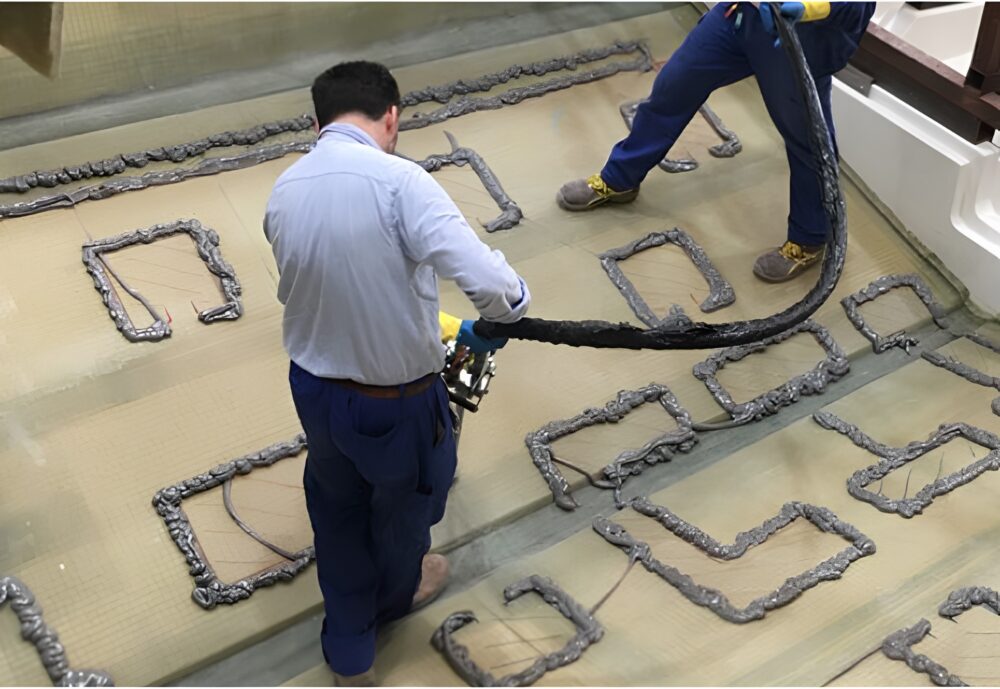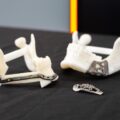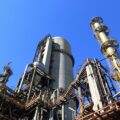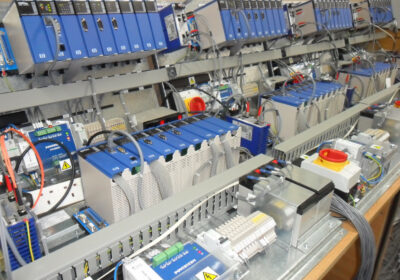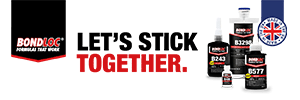~ Adhesives vs mechanical fastenings ~
In thousands of applications, structural adhesives are being used as a viable alternative to mechanical connections: screws, rivets, or spot welds. The use of adhesives to provide a structural bond can bring many advantages, including improved product performance, reliability improvements, greater design freedom, and reductions in manufacturing costs. Here Peter Swanson, Founder and Executive Chair of adhesives specialist Intertronics, weighs up mechanical bonding vs adhesive bonding, and gives some advice for designing in an adhesive.
Sometimes known as “chemical joining” — to contrast with mechanical joining — adhesive bonding involves an adhesive “hardening” to provide a joint capable of bearing the forces that it is subjected to over the product’s lifetime, while enduring the associated environmental conditions. An adhesive can be considered to be cured when a chemical reaction has taken place and its constituent parts (monomers or oligomers) join up and cross-link to become larger molecules (polymers).
Advantages of adhesive bonding
Adhesives bring many advantages over mechanical joining methods. First is the improved stress distribution. Once cured, an adhesive bond is continuous and offers a more uniform stress distribution — the joint’s entire surface carries the load, rather than an individual point, avoiding the local concentration of stress found in mechanically joined parts.
Furthermore, adhesives offer other protective benefits. They can minimise or eliminate corrosion, boost impact resistance, avoid joint fatigue, provide electrical insulation, and dampen vibration. In many applications, an adhesive can also act as a sealant, protecting the assembly from water, moisture, dirt, and other environmental contaminants. For example, when working with a manufacturer of safety torches who were looking to make their products more rugged, Dymax Multi-Cure® 621-T was recommended, which worked as both an adhesive and sealant when bonding the lens to the reflector housing. Another customer, Process Instruments, found success with IRS2125 flexible epoxy adhesive, bonding two stainless steel surfaces, while waterproofing its IP-rated seal.
Many manufacturers, such as those in automotive or aerospace applications, opt to use adhesives to reduce their assemblies’ weight. Mechanical fastenings are often made of metal, and their weight can add up in applications requiring multiple fastenings. While adhesives are not inherently lightweight, their ability to distribute stress can give design engineers freedom to reduce part thickness and therefore weight, while removing the weight of metal fastenings.
Furthermore, adhesives can bond in applications where mechanical fastening would be difficult due to design complexity — such as composite sandwich structures — or when bonding different substrates — such as metal to plastic or glass. Adhesives can successfully bond both similar and dissimilar substrates (differing in composition, moduli, coefficients of expansion, or thickness), mitigating different expansion rates. For metals that will be subjected to thermal cycling or may be at risk of galvanic corrosion, adhesives can provide a more reliable solution.
Manufacturers can use adhesives to improve aesthetics, as there is no mechanical fastening or spot weld visible in the final part — an adhesive can provide an almost invisible bond.
Beyond these technical benefits, adhesive bonding can bring operational benefits in reduced component costs, lower labour and assembly costs, and reduced finishing costs. If a fast curing adhesive is specified, this can improve production speed greatly, while simplifying operations.
No perfect solution
While adhesives can bring many benefits, all adhesives carry some disadvantages. Structural adhesives generally have bond strengths in the order of 2,500 to 7,500 psi, and tolerate temperature swings up to 170˚C. Adhesives are polymers, and therefore not as strong as metals, although this is offset by the increased surface contact area of a bonded joint. A downside is that adhesives may be affected by increased temperature, which can reduce the bond strength and chemical resistance.
Where traditional mechanical joints offer instant strength, adhesives reach full strength once the curing reaction is complete. This can happen in seconds, to hours, to days, and the assembled joint must be fixtured for at least part of the time the part is curing. Prior to cure, the adhesive must wet the substrate in order to create a successful bond — surface treatment may be required if bonding a substrate with low surface energy, which adds an additional process.
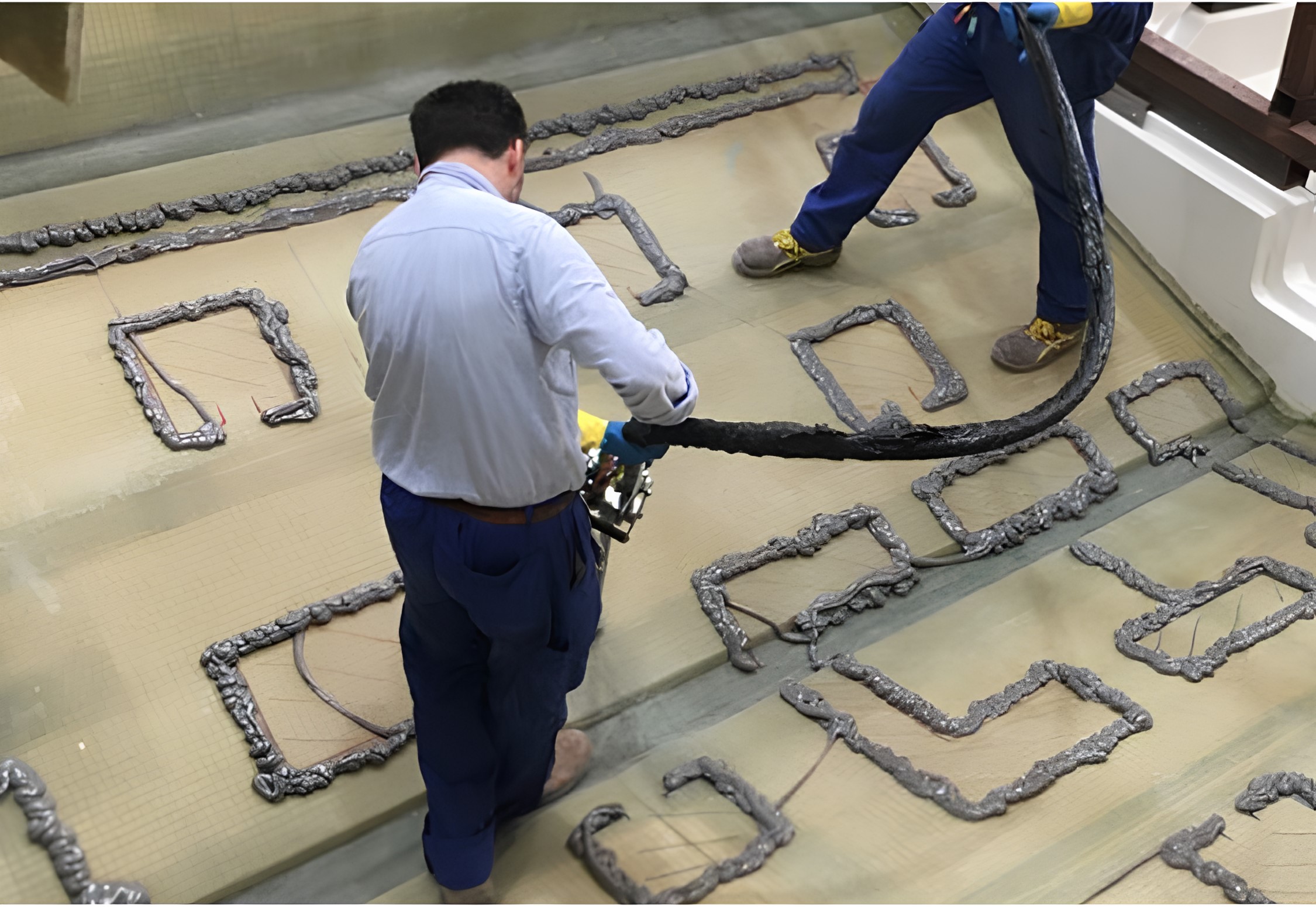
Choosing a material
There are an increasing number of structural adhesives on the market and, as there is no universal adhesive, manufacturers will have to select which candidates are the best to evaluate for their applications. This involves considering the design, production, and processing considerations, and developing a specification based on the necessary properties and allowable compromises.
There are multiple structural adhesive chemistries, the most common being polyurethanes (PUs), epoxies, and methyl methacrylates (MMAs), but some cyanoacrylate and single part UV curing acrylic materials are in the mix of candidates to evaluate too. Each chemistry has distinct advantages and disadvantages, and a structural adhesive selector guide can help manufacturers and designers to weigh these up effectively.
Setting up for success
Bonded assemblies must be designed with adhesive bonding in mind. This involves considering bond line geometry, adhesive selection, stress in the joint, mechanical properties of the adhesive and substrates, and the manufacturing process requirements.
Adhesive applications are complex, and it’s important to build a full picture of both the technical and process requirements to ensure an optimal assembly process. It can help to consider storing, handling, dispensing, and curing the adhesive from the get go.
If you’re considering replacing mechanical joints in your application with adhesive, it’s we recommend working with a reliable adhesives partner. It can help design your joint for a successful adhesive bond, specify an appropriate material, and build a process that is reliable.
For more information structural adhesives, visit https://www.intertronics.co.uk/product-category/adhesives/structural-adhesives/. To speak to a specialist about building an adhesives process, call 01865 842842.

